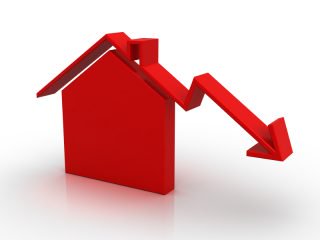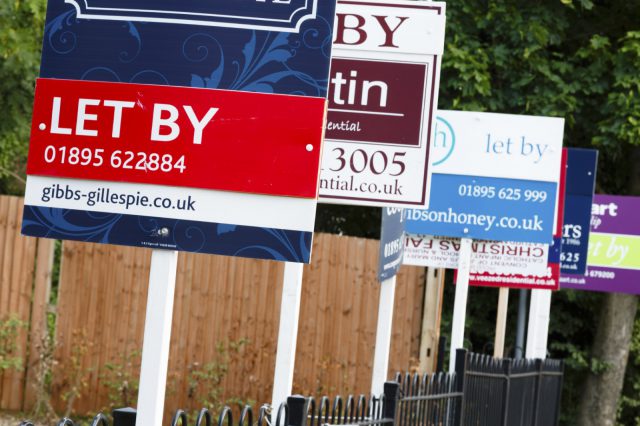Buy-to-let property owners north of the border have reason to smile with the news that the average rents in Scotland rose to a record-high last month.
Your Move, one of Scotland’s biggest letting agent networks, indicate that rents now average £544 per month, after a record monthly increase of 1%, coupled with a yearly rise of 2.7%. The record rise was helped by a 1.9% increase in South Scotland, which was the biggest regional increase.[1]
Increases
Annually, the rise of 2.7% for the year to May was a substantial rise on the 1.3% and 1.6% growths recorded in the twelve months to March and April respectively.[1]
‘After a downtrend in rent growth over the winter months, we’re back on par with the rate of rises a year ago,’ proclaimed Brian Moran, lettings director at Your Move Scotland. ‘In fact, at the same time last year, rents were rising at a moderately faster pace, with 2.8% annual growth in May 2014,’ he continued.[1]
Mr Moran points out that affordability remains a big stumbling block that is holding back private sector rents from rising more quickly. However, boosts in wages have led to confidence that tenants will begin to be able to pay more.
‘This needs to go hand in hand with supply,’ Moran notes. ‘With a strong economy and sturdy jobs market, demand for homes to let is standing tall. The stock of available housing needs to rise to match this level to maintain the delicate balance with rent rises and tenant incomes.’[1]
Location hikes
Rents have increased in all but one of the five regions across Scotland. Yearly, rents in Glasgow and Clyde have seen the most movement, increasing by 5.7% bringing the typical rent to £566. Other significant rises were evident in South and East Scotland, with rents in these regions up 2.7% since May 2014.[1]
Edinburgh and the Lothians was the only region where rents have fallen annually, The average monthly rent is now 0.6% lower than it was at this time last year.
On a monthly basis, rents were up across the whole of Scotland, particularly in the South, where rents were up 1.9% on April. This has resulted in a new record high of £510 per month. Additionally, the Index shows that the average gross rental yield on a rental home north of the border is currently 3.6%. Despite being consistent with last month, this represents a fall from the same time last year, when yields were around 4%.[1]

Scottish rents reach new peak
Returns
The Index also shows that the total average annual return for a rental property in Scotland was 17.3%, in the year to May. This figure takes into account house price growth and void periods, but is the total before costs such as mortgage payments or maintenance. A significant rise from the same period last year was recorded, when returns were just 8.9%.[1]
‘Double digit total annual returns are a great bonus for existing Scottish property investors and put them head and shoulders above their counterparts south of the border, with returns in England and Wales currently standing at 9.5%,’ noted Moran. ‘‘However, gross yields in Scotland have slipped back slightly as a side effect of the recent property price bump and fervent activity in the Scottish housing market, as the new Land and Buildings Transaction Tax comes into play. But with rent rises gathering pace, the case for investing in buy to let is still shining bright. This inflation of rental income ensures a good cushion for landlords, ensuring a smooth ride over any fluctuations over longer-term property price gains,’ he continued.[1]
Concluding, Mr Moran said that, ‘the only thing that could seriously sour the taste for landlords is the implementation of further tenancy regulation and legislation in Scotland. This threatens to dissuade new investment into the sector and limit the selection of homes to let available for tenants, which would brew up stronger competition and subsequently price rises.’[1]
[1] http://www.propertywire.com/news/europe/scotland-home-rental-index-2015062410665.html










